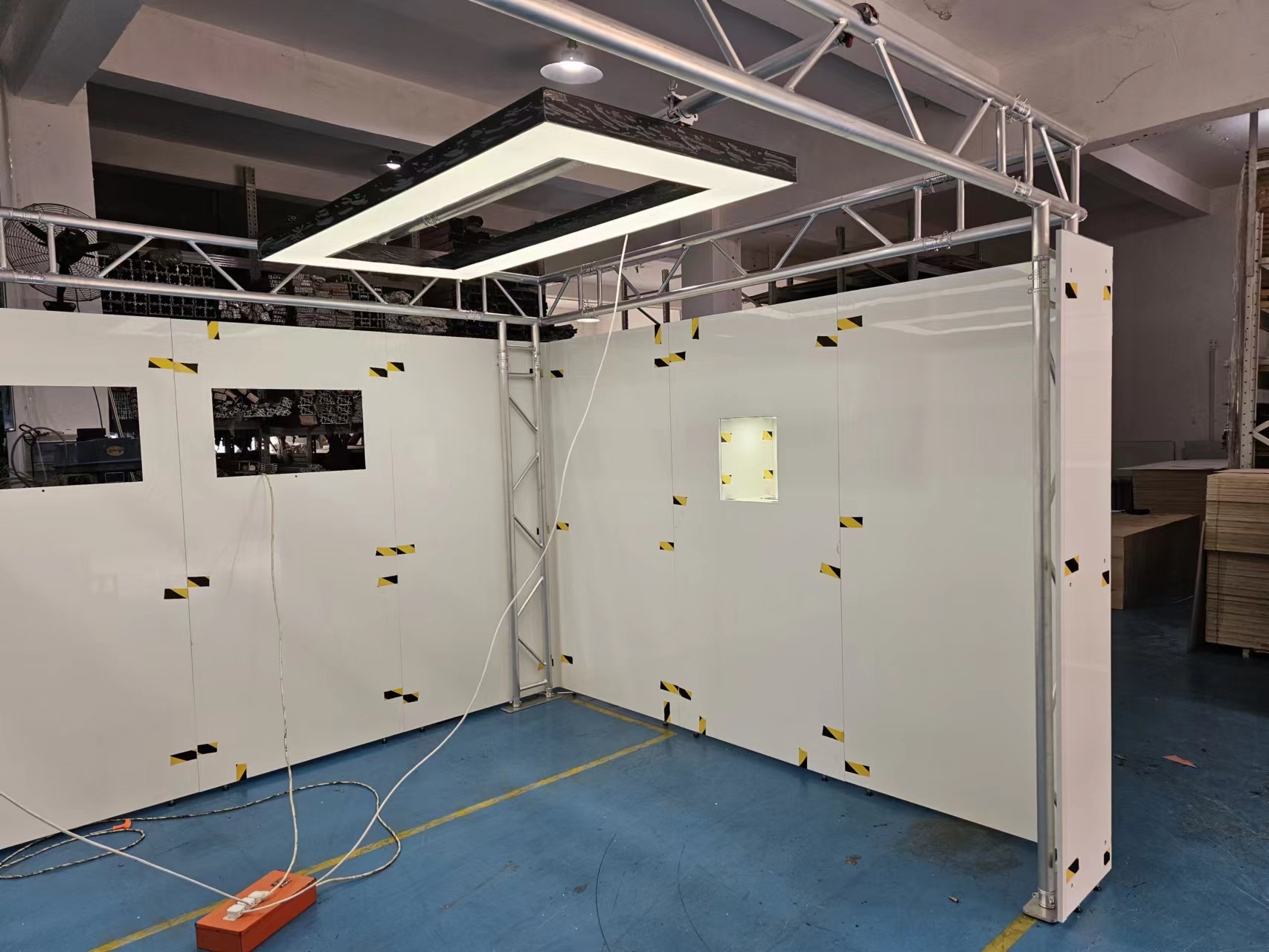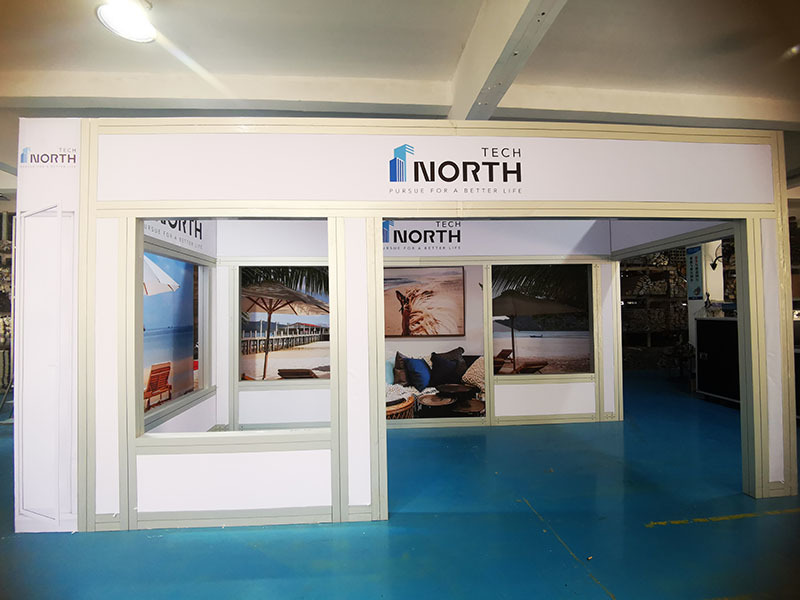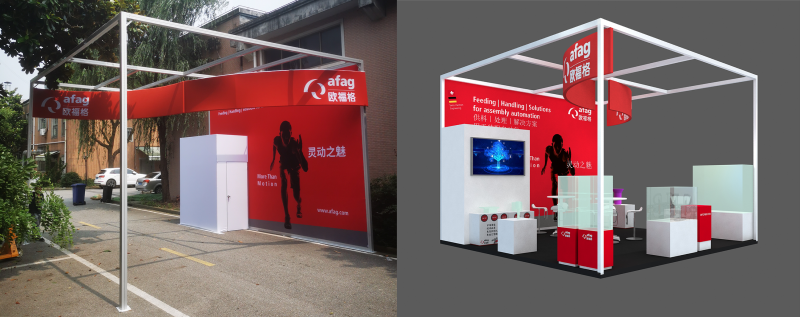Understanding Seamless Walling Systems: The Future of Architectural Design
Release time:
2025-08-19
Seamless Walling Systems represent a significant advancement in the field of architectural design and construction. These systems are primarily characterized by their ability to create a continuous surface without visible joints or seams, resulting in a sleek and modern appearance. This feature not only enhances the visual appeal of buildings but also contributes to improved performance in terms o
Seamless Walling Systems represent a significant advancement in the field of architectural design and construction. These systems are primarily characterized by their ability to create a continuous surface without visible joints or seams, resulting in a sleek and modern appearance. This feature not only enhances the visual appeal of buildings but also contributes to improved performance in terms of durability and maintenance.
One of the key benefits of Seamless Walling Systems is their versatility. They can be employed in various settings, ranging from residential homes to commercial buildings and high-rise structures. This adaptability allows architects and designers to implement creative solutions that meet the specific needs of each project, whether it's for aesthetic purposes, insulation, or weather resistance.
Another important aspect of Seamless Walling Systems is their potential for energy efficiency. By eliminating seams, these systems reduce the likelihood of air and moisture infiltration, which can lead to energy loss and increased utility costs. This factor is particularly critical in today's environmentally conscious market, where sustainable building practices are in high demand. Seamless Walling Systems can significantly contribute to a building's overall energy performance, making them a smart choice for modern construction.
Additionally, these systems facilitate easier installation compared to traditional walling methods. The absence of seams means fewer components to assemble, which can streamline the construction process and reduce labor costs. Moreover, the ease of maintenance associated with Seamless Walling Systems is noteworthy. With no joints to trap dirt or moisture, these surfaces can be cleaned and maintained with minimal effort, ensuring that buildings remain visually appealing and structurally sound over time.
In terms of design flexibility, Seamless Walling Systems can accommodate a wide range of finishes, colors, and textures. This opens up a myriad of possibilities for architects and designers to express their creativity and align with their clients' vision. Whether opting for a matte finish for a contemporary look or a textured surface for added depth, the options are virtually limitless.
Furthermore, Seamless Walling Systems contribute to improved acoustics within a space. The continuous surface can help reduce sound transmission, creating a more pleasant and productive environment, particularly in commercial settings such as offices, schools, and healthcare facilities.
In conclusion, Seamless Walling Systems represent a forward-thinking solution in the realm of architectural design and construction materials. Their numerous advantages—including aesthetic appeal, energy efficiency, ease of installation, low maintenance, design flexibility, and acoustic benefits—make them a compelling choice for modern builders and designers aiming to create innovative and sustainable environments. As the industry evolves, embracing such advanced systems could pave the way for a new standard in walling solutions, transforming the way we think about and approach building design.
One of the key benefits of Seamless Walling Systems is their versatility. They can be employed in various settings, ranging from residential homes to commercial buildings and high-rise structures. This adaptability allows architects and designers to implement creative solutions that meet the specific needs of each project, whether it's for aesthetic purposes, insulation, or weather resistance.
Another important aspect of Seamless Walling Systems is their potential for energy efficiency. By eliminating seams, these systems reduce the likelihood of air and moisture infiltration, which can lead to energy loss and increased utility costs. This factor is particularly critical in today's environmentally conscious market, where sustainable building practices are in high demand. Seamless Walling Systems can significantly contribute to a building's overall energy performance, making them a smart choice for modern construction.
Additionally, these systems facilitate easier installation compared to traditional walling methods. The absence of seams means fewer components to assemble, which can streamline the construction process and reduce labor costs. Moreover, the ease of maintenance associated with Seamless Walling Systems is noteworthy. With no joints to trap dirt or moisture, these surfaces can be cleaned and maintained with minimal effort, ensuring that buildings remain visually appealing and structurally sound over time.
In terms of design flexibility, Seamless Walling Systems can accommodate a wide range of finishes, colors, and textures. This opens up a myriad of possibilities for architects and designers to express their creativity and align with their clients' vision. Whether opting for a matte finish for a contemporary look or a textured surface for added depth, the options are virtually limitless.
Furthermore, Seamless Walling Systems contribute to improved acoustics within a space. The continuous surface can help reduce sound transmission, creating a more pleasant and productive environment, particularly in commercial settings such as offices, schools, and healthcare facilities.
In conclusion, Seamless Walling Systems represent a forward-thinking solution in the realm of architectural design and construction materials. Their numerous advantages—including aesthetic appeal, energy efficiency, ease of installation, low maintenance, design flexibility, and acoustic benefits—make them a compelling choice for modern builders and designers aiming to create innovative and sustainable environments. As the industry evolves, embracing such advanced systems could pave the way for a new standard in walling solutions, transforming the way we think about and approach building design.
/
+86 139 1773 1319
+86 158 2122 6266


Add: No. 399 Guangming Road, Zhuanghang Industrial Park, Fengxian, Shanghai





